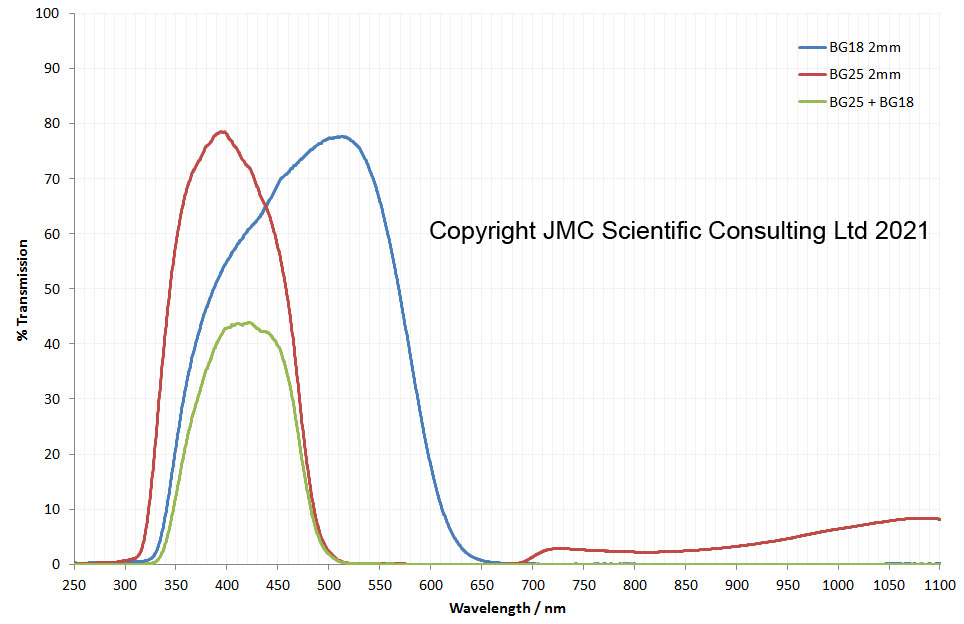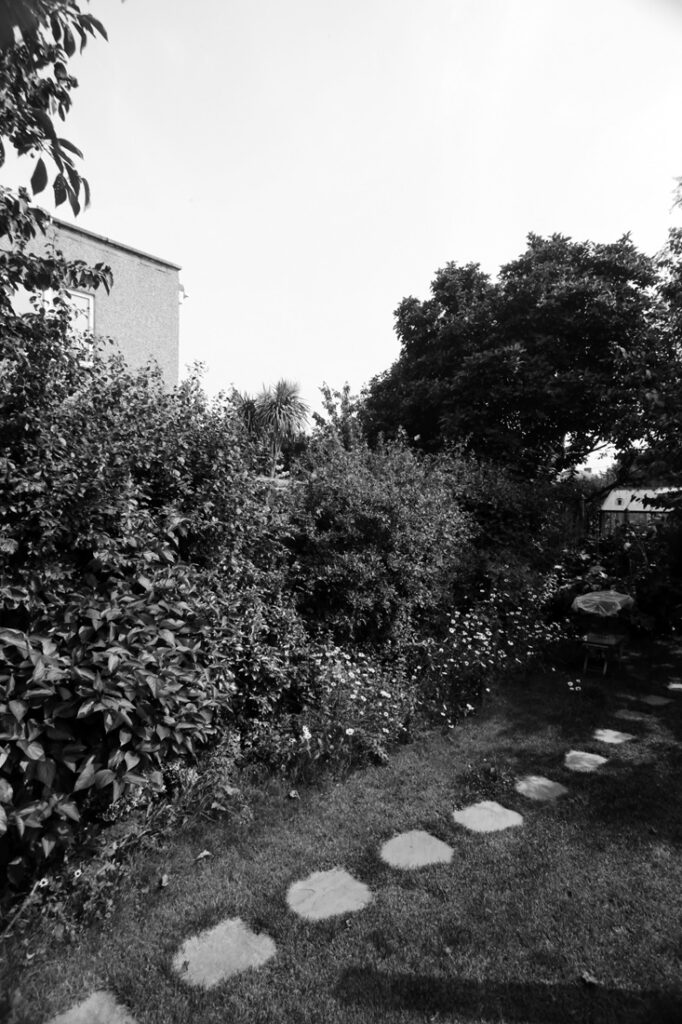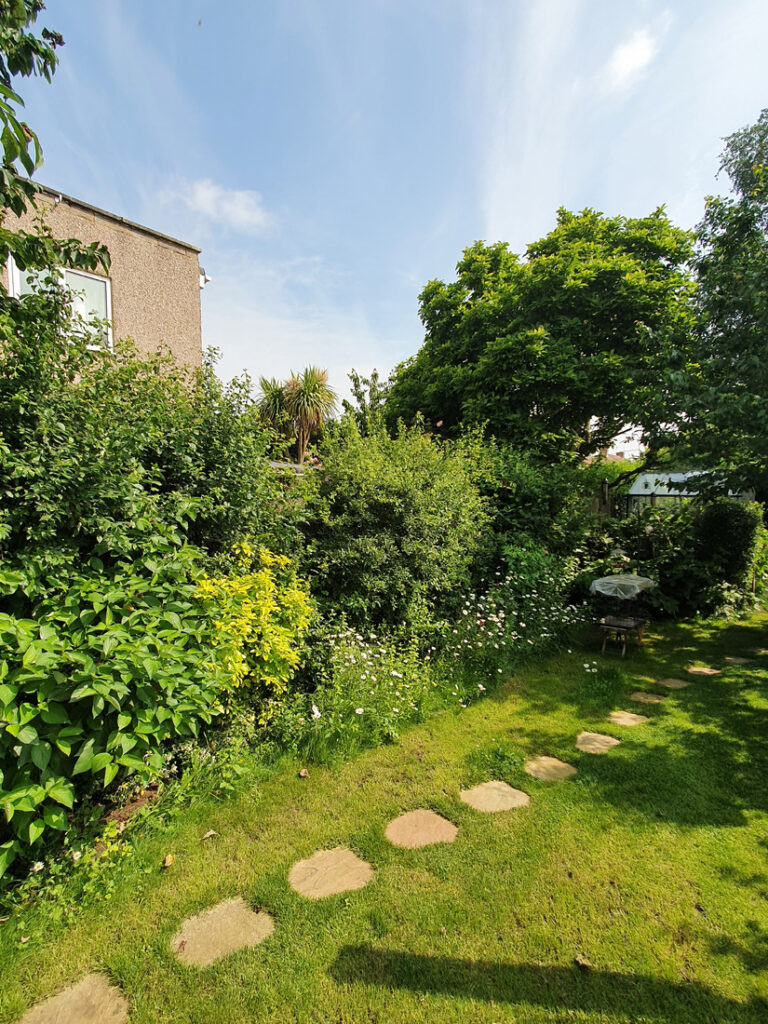The Collodion imaging process harkens back to to early days of photography. A photosensitive layer comprising a nitrocellulose carrier and silver halide on a glass plate forms the image capture media, and the result is a negative image of the subject – essentially a precursor to the more recent use of film photography.
Unlike modern films and digital cameras, Collodion plates are not sensitive to the full visible spectrum, being essentially unable to capture the longer wavelengths, while at the same time being sensitive to some UV. As such the images captured with them look very different to modern images, with very washed out skies being a common feature, along with darkened foliage. Skin tends to be captured as darker than it appears in normal visible light images (due to the increased absorption of short wavelength light be melanin) along with an emphasis of surface texture (again due to the short wavelengths being imaged).
Something I’ve wondered about since starting with digital photography is how to go about replicating the effects of Collodion in a digital camera. The first step was to try and understand the spectral response for Collodion plates. Some work has been done on this by LundPhotographics, who showed that it was mainly sensitive between 320nm and 520nm. This correlates well with the spectral response of an un-sensitized photographic plate as shown in “The Theory of the Photographic Process” 4th Ed by TH James (Figure 17.42 on page 512) which showed sensitivity between about 360nm and 510nm. With the work discussed by TH James they acknowledge that drop in sensitivity towards the blue end was a factor of the use of tungsten light which has limited blue and UV. Therefore the LundPhotographics range of 320nm to 520nm is a good start point, especially when imaging with sunlight.
The next stage was filter choice. I had a feeling Schott BG25 would be a good filter material to use for this as it has good transmission in the UV and blue regions. However it has a problem in that it transmits IR as well, and as digital cameras are very sensitive to IR this would need to be blocked. There are a range of filters which can be used for this such as Schott s8612 and BG39. During an eBay trip one day I came across a seller who had some 2mm thick BG25 along with 2mm thick BG18 (which is also a good IR blocker). Even better these were large – 75mm diameter – and cheap. So a quick purchase later, and some 77mm filter rings from Kood International, and I had some filters which could be used on lenses with a 77mm filter thread making them very versatile.
This first thing to do was measure the transmission spectra of the filters, and I did this using my Ocean Insight FX (UV and visible) and STS-NIR spectrometers which I use for a lot of my work. This gave me transmission spectra for the filters between 250nm and 1100nm as shown below.

By combining the two filters, the result was transmission between about 330nm and 510nm, with good blocking at shorter and longer wavelengths (especially the IR) – the green line in the graph above. This correlates well with the range for Collodion sensitivity derived by LundPhotographics. One slightly odd thing with the spectra – the BG25 was letting through less IR than I would have expected for a 2mm thick one based on the Schott online filter calculator. Measurement of the thickness showed it to be 2.1-2.15mm thick, but even that could not account for the transmission in the IR. Perhaps it’s just an odd batch (the filters were old ones) or perhaps the specs have changed slightly over the years. I’ll never know for sure on that. However the BG18 would do a good job of blocking even if the IR transmission of the BG25 was little more than it is.
To capture an image, I need a camera which was sensitive to the 300-550nm region, and for this I used my Canon EOS 5DSR multipectral conversion. The lens was a Canon 17-40 f4 (at 19mm). Image captured in my garden in direct sunlight, and as a comparison shot, a visible light image taken with a camera phone at the same time.
Firstly the digital Collodion image.

And the normal visible light image.

As expected the digital Collodion image has washed out sky and darker green foliage when compared to the visible light image. In hindsight I could have used a monochrome converted camera as this would have boosted the UV sensitivity compared to the camera used here, although this would have needed me to use a different lens as well, as this one wouldn’t have let that much UV through. So my Collodion image here isn’t as ‘UV heavy’ as it could be and is mainly comprised of long wavelength UV from about 380nm and blue light. Lens and camera choice is certainly something to consider for future work with the filters.
Revisiting old photographic processes forces us to think about the image capture process as a whole and the factors that are important to it. In doing so we learn more about the methods we are using, their limitations and how they can be improved. This type of thought process is vital to the world of supporting claims for products, as without knowing how the methods we use work, how can we understand their limitations – what they can and can’t be used for?
If you made it this far, thanks for reading and if you’d like to know more about this or any other aspect of my work, you can reach me here.
